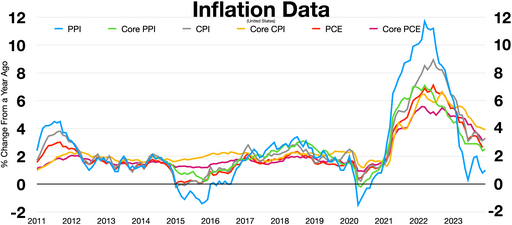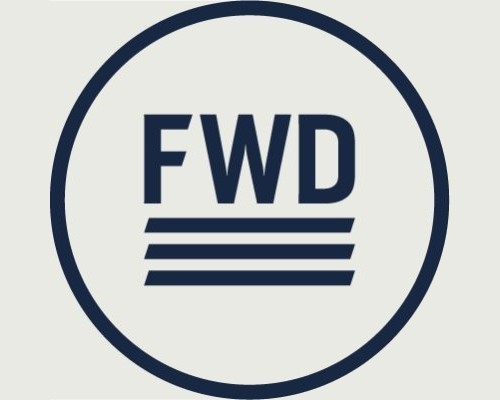
On August 2, voters in Kansas rejected an amendment to the state constitution which would have increased the legislature’s power to regulate (or ban) abortion.
Pro-choice groups hailed the outcome as evidence that abortion rights are a “winning issue” this year; partisan Democrats have reason to look more hopefully toward their chances of holding on to majorities in the US Senate, and maybe even the House of Representatives, this November.
More interesting, I think, is what the result tells us about where the “moderate center” is in American politics. Letting people vote on one specific issue often produces very different outcomes from letting people vote on “representatives” based on the candidates’ baskets of multiple issues.
In order to understand where Kansas is going after the referendum, it’s useful to consider where it started prior to the referendum and what passage would have changed.
Per existing Kansas law, abortion is already banned after 22 weeks. Parental consent is required for minors seeking the procedure. There’s a 24-hour waiting period for the procedure. Government funding for abortion is only available if the pregnancy threatens the mother’s life.
In other words, Kansas without the amendment was neither paradise for the “ban it from conception” crowd nor Utopia for the “it’s an absolute right up to the moment of birth” crowd.
Had the amendment passed, the constitution would have explicitly stated that abortion is not a “right” and that the state legislature could impose additional restrictions on it.
By defeating the amendment, Kansans chose to keep things just as they already were.
Had this been a legislative election, the voters would have likely faced a binary choice between Republicans who wanted more government regulation of abortion, and Democrats who wanted less government restriction of abortion.
The voters comprising the big “center” — those who may or may not be comfortable with abortion, but resemble neither of the polar “ban it” or “don’t touch it” ends of the issue — wouldn’t have had an option there. They’d likely have gone with one of the two parties based not on (or at least not JUST on) abortion, but on a whole raft of issues and personalized identity affiliations.
In a close election, the “extremist” voters on either side might provide the margin of victory to one side or the other, and would certainly claim that victory as indicating support for their positions, but that claim would ring hollow.
In this single-issue referendum, “extremist” voters were swamped by “moderate” voters who might or might not support the existing restrictions, but see no reason to expand those restrictions — or at least no reason to trust legislators with that power.
As someone who doesn’t always trust the collective judgments of “the people,” but who trusts the judgments of politicians even less, I find that result quite pleasing.
Unfortunately, this outcome highlights why a “centrist” party can’t win in “representative” elections. Our system is designed to divvy up the “center” into large, roughly equal partisan blocs so that “extremists” control the balance of power.
Thomas L. Knapp (Twitter: @thomaslknapp) is director and senior news analyst at the William Lloyd Garrison Center for Libertarian Advocacy Journalism (thegarrisoncenter.org). He lives and works in north central Florida.
PUBLICATION/CITATION HISTORY


